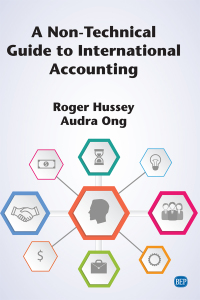
3. A constant electric current of I = 5,000 amps is to be transmitted a distance of 1,000 feet from a power station to a substation. The following are input data for the problem: Find the optimal size of a copper conductor Data Copper price: $8.25/lb Resistance: p = 0.8145x10-5 2 in2 / ft Cost of energy: $0.05/kWh Density of copper: 555 lb/ft3 Useful life: 25 years Salvage value: $0.75/lb Interest rate: 9% Consider the power PL to be given by: PL= (12* p* L)/A Find the cross-sectional area A of the conductor that minimize economic costs We found that the optimal cross-sectional area was A = 5.3 in2. | a.) Write out the solution to this problem neatly, showing the intermediate steps to arrive at A=5.3 in2. I suggest considering part (b) to determine how to write this out efficiently. b.) Consider the Base Problem, but now let the Cost of Energy be $0.04/kWh. Find the value of A to minimize economic costs. c.) How does the answer to (b) compare to the answer of (a) (e.g., lesser, same, greater threshold value)? Briefly explain why this answer makes sense in terms of the real world interpretation of the problem. 3. A constant electric current of I = 5,000 amps is to be transmitted a distance of 1,000 feet from a power station to a substation. The following are input data for the problem: Find the optimal size of a copper conductor Data Copper price: $8.25/lb Resistance: p = 0.8145x10-5 2 in2 / ft Cost of energy: $0.05/kWh Density of copper: 555 lb/ft3 Useful life: 25 years Salvage value: $0.75/lb Interest rate: 9% Consider the power PL to be given by: PL= (12* p* L)/A Find the cross-sectional area A of the conductor that minimize economic costs We found that the optimal cross-sectional area was A = 5.3 in2. | a.) Write out the solution to this problem neatly, showing the intermediate steps to arrive at A=5.3 in2. I suggest considering part (b) to determine how to write this out efficiently. b.) Consider the Base Problem, but now let the Cost of Energy be $0.04/kWh. Find the value of A to minimize economic costs. c.) How does the answer to (b) compare to the answer of (a) (e.g., lesser, same, greater threshold value)? Briefly explain why this answer makes sense in terms of the real world interpretation of the







